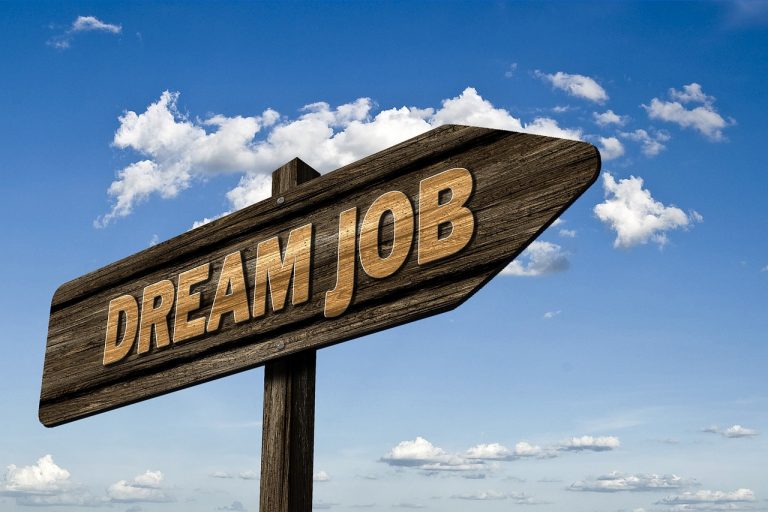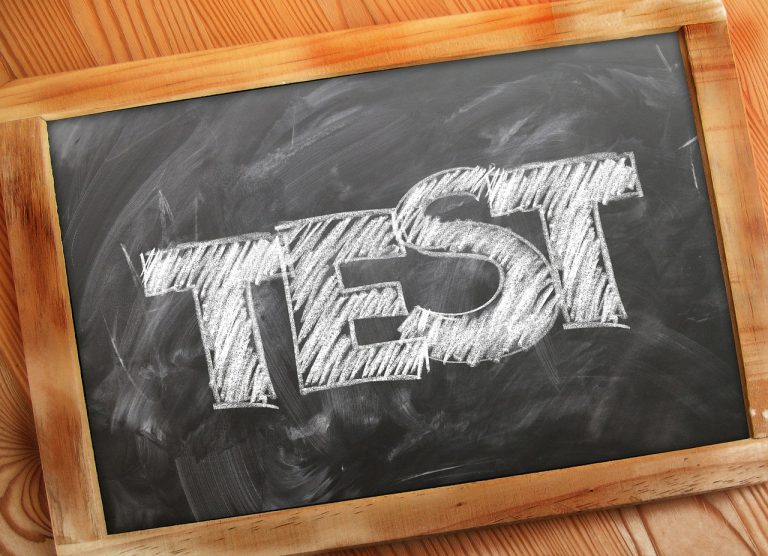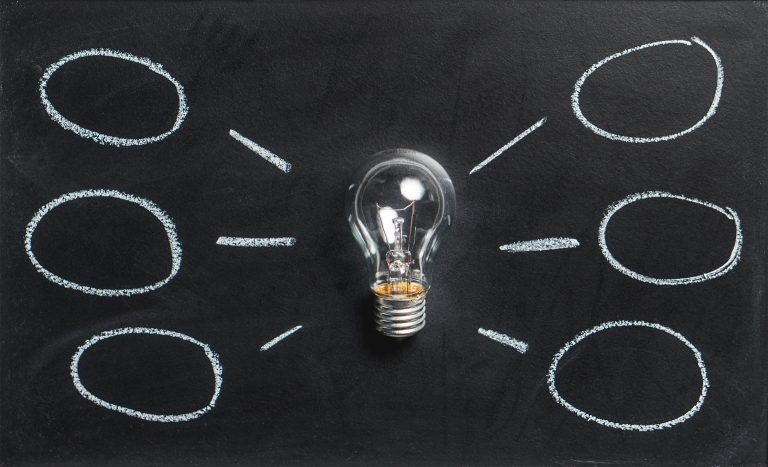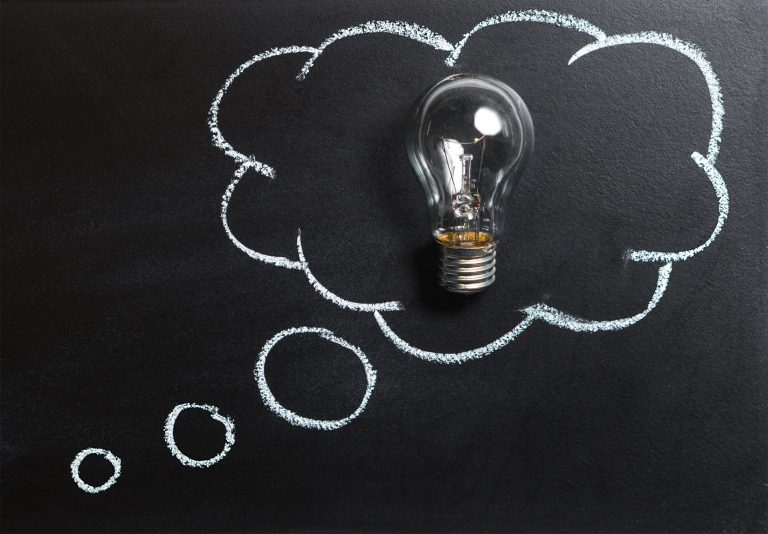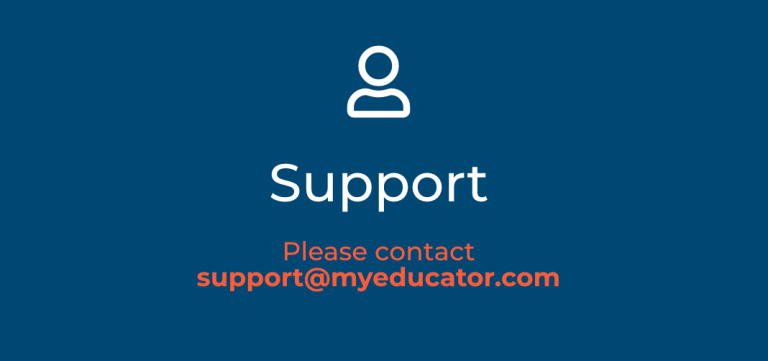It’s Time to Write the Résumé: 7 Easy Tips
It’s off to work we go! Or at least it will be as soon as that job calls back with the offer. But before that call comes in, there are a few important steps. The first being the ever-dreaded résumé. For students in school or just graduating, creating a résumé is an essential step to…


